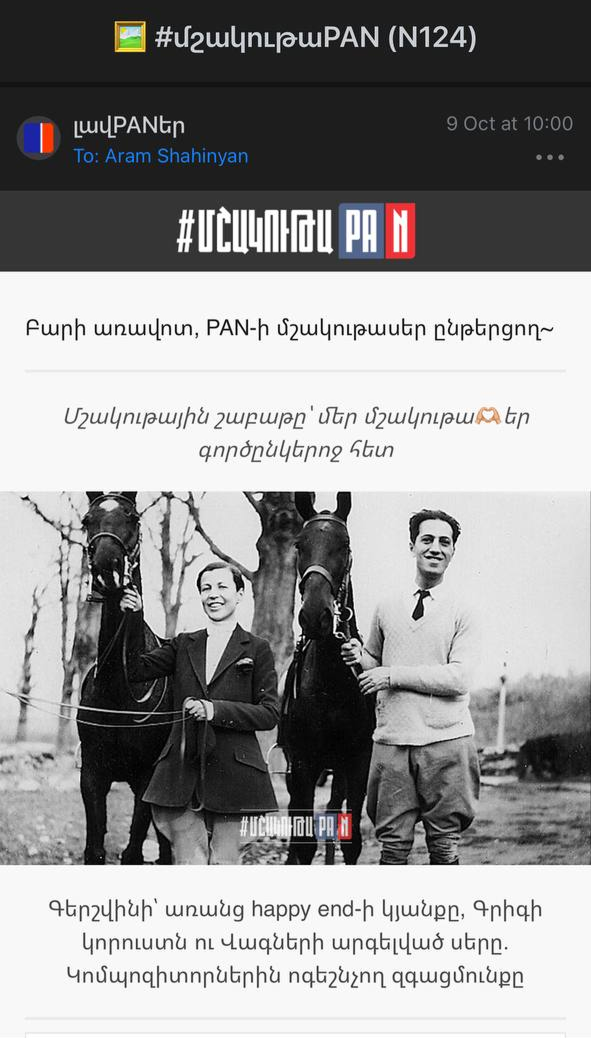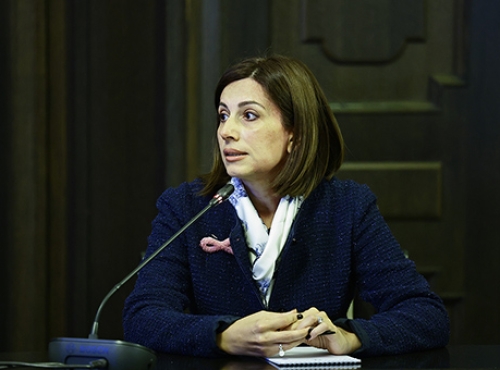On Wednesday 2010, His Holiness Aram I and H.E. Cardinal Walter Kasper, President of the Pontifical Council for Promoting Christian Unity, held a private meeting within the context of the meeting of the International Joint Commission for Theological Dialogue between the Catholic Church and the Oriental Orthodox Churches.
Among other issues, they discussed the contribution of bilateral theological dialogues to ecumenical relations.
The meeting will be concluded on Sunday 31 January with the Holy Liturgy at St. Gregory the Illuminator Cathedral where the Cardinal will preach.
AAC Catholicosate of the Great House of Cilicia is an administratively independent Catholicosate of the Armenian Apostolic Curch (AAC). The AAC eparchies in Lebanon, Syria, Cyprus, Iran and United States are under its jurisdiction.
During World War I (1915-1918), one and a half million Armenians were massacred by the Turks. In 1921, when the French forces evacuated Cilicia, a second wave of massacres ordered by Kemalist Turkey took the lives of another three hundred thousand Armenians. The rest of the Armenians were forced to leave their homeland and found refuge mostly in Syria and Lebanon. The Catholicosate in Sis was robbed and ruined by the Turks. Catholicos Sahak II followed his flock in exile.
After wandering in Syria and Lebanon, in 1930, he established the Catholicosate in Antelias, Lebanon. Thus, a new era opened in the history of the Catholicosate with the organization of Dioceses and the founding of a new theological seminary. The Armenian people spread all over the world looked at the Catholicosate with new hopes and expectations.
Catholicism is a broad term for the body of the Catholic faith, its theologies and doctrines, its liturgical, ethical, spiritual, and behavioral characteristics, as well as a religious people as a whole. Although for many the term usually refers to Christians and churches belonging to the Catholic Church in communion with the Holy See, for others it refers to continuity "back to the earliest churches", as claimed even by churches in dispute with one another over doctrine and practice such as the Catholic Church, the Eastern Orthodox Church, Oriental Orthodoxy, the Assyrian Church of the East, the Old Catholic Church and the Anglican Communion. The claim of continuity may be based on Apostolic Succession, especially in conjunction with adherence to the Nicene Creed. In this sense of indicating historical continuity, the term "catholicism" is at times employed to mark a contrast to Protestantism, which tends to look instead to the Bible as interpreted by the 16th-century Protestant Reformation as its ultimate standard.






















